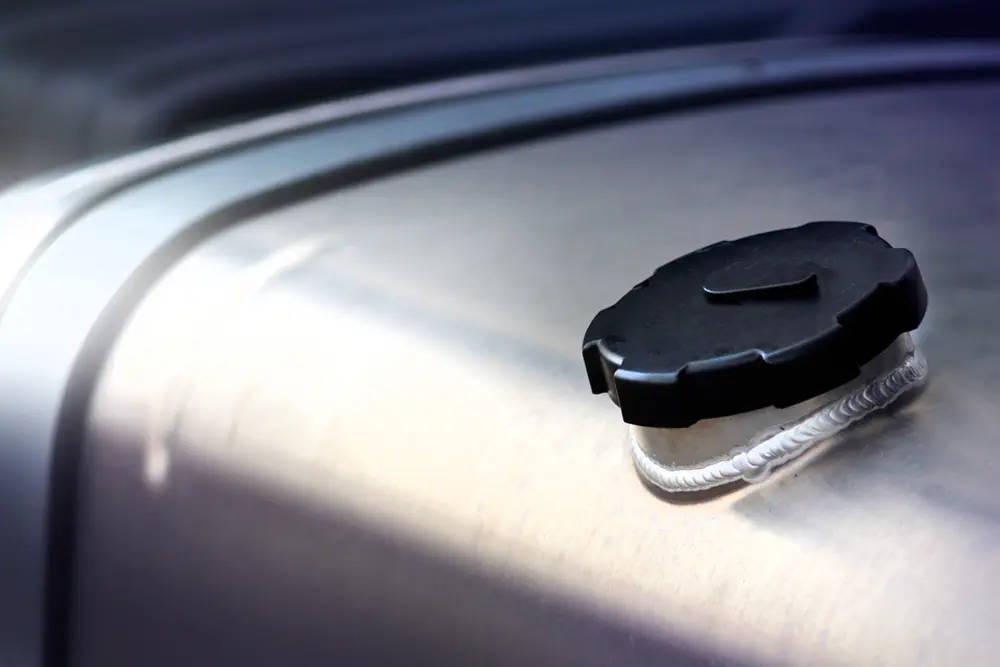
Careless boat builders will do whatever it takes to save money, even if it means sacrificing the quality of the vessel being built. One of the most common ways this is done is by improperly installing aluminum fuel tanks.
The Problem
Although aluminum is actually a self-protecting material, so long as it’s able to get enough exposure to fresh air to dry itself out after each contact with water, allowing it to be in constant contact with a water absorbent material, like wood, can greatly contribute to corrosion that will over time compromise the lifespan of your fuel tank. If bilge water is easily able to get trapped inside the various crevices of your fuel tanks and it cannot dry itself out, it will inevitably lead to what is appropriately referred to as “crevice corrosion.”
How To Fix It
Simply put, if your fuel tank is sitting on a bare plywood deck that absorbs water and therefore cannot get dry, the best solution to fix the problem is to build a new deck that better protects your fuel tank. Although it may seem like quite the undertaking, it can actually be done pretty easily by making sure you completely glass over the plywood, taking special care to make sure every inch of it is properly sealed so that water isn’t able to be absorbed. You may be able to use mat, so long as you make sure that it’s entirely wetted out and that you use at least two layers for the top surface. Additionally, it’s best to wait until after the two surfaces are finished before you glass the edges. Be advised, however, depending on the distance between stringers, you might need to add additional frames to prevent sagging. Also, if your deck looks like it’s going to pool water at the center you will want to drill a few drain holes, making sure to coat them thoroughly with epoxy or resin to prevent rot. The key here is simply to make sure that no water of any kind is able to get trapped up against your fuel tank so you can keep it as dry as possible.
Additional Tips
- Rubber is made with carbon, which is cathodic to aluminum and can result in galvanic corrosion. Therefore, you should never use rubber strips near your aluminum fuel tank.
- Try to only use stainless steel pipe fittings for your fuel supply rather than an assortment of different metals (steel, galvanized, etc.).
- Always make sure your tank is resting on a stable surface. Use the hull stringers for support, not the bottom of your boat’s hull.
- Make sure your fuel tank is not so deep in bilge that it’s always in contact with bilge water.
Save Yourself The Headache
If you don’t have to time or skill set to fix fuel tank problems yourself and would rather just avoid this problem entirely, the best thing you can do is trust a seasoned marine surveyor, like me at CAS Marine Surveyor, to come inspect any vessel you’re interested in before you purchase. I will be able to let you know exactly what is going on with your potential ship, inside and out, and point out any issues I find that could contribute to bigger problems, like corrosion, later on. If you are considering the purchase of a new or used boat and are looking for a marine surveyor, call Christian today at 1.810.531.0992 or fill out the form in the sidebar to schedule your free consultation.